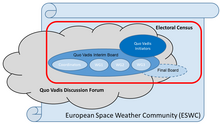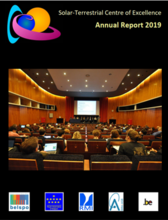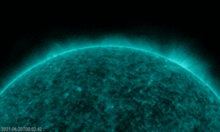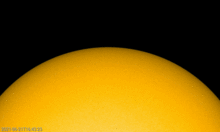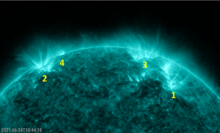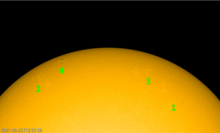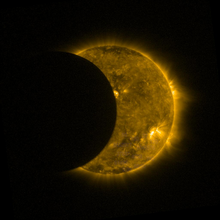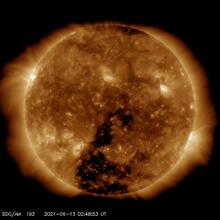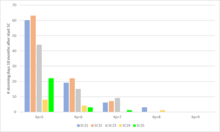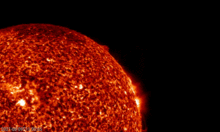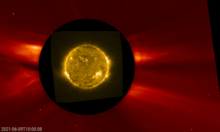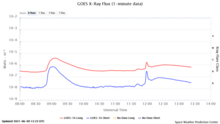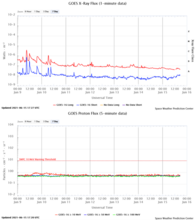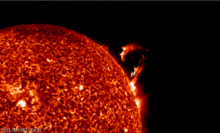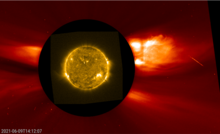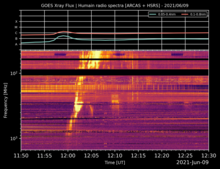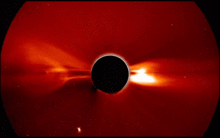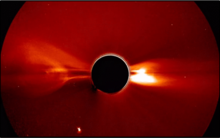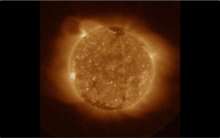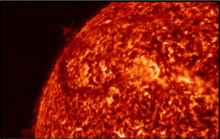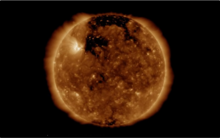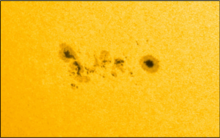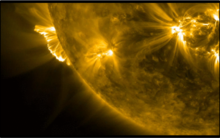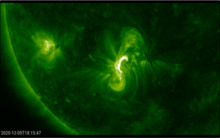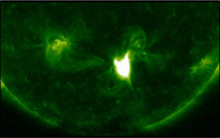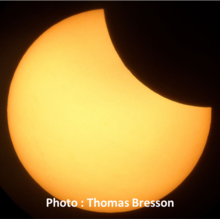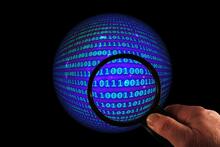news
Submitted on 2021-07-01
In the recent months, the European Space Weather and Space Climate Community (ESWC) started to work out a uniting organisation to help the community to sustain and develop the successful efforts made thus far.
Submitted on 2021-06-30
The STCE Annual Report 2019 is now available.
Submitted on 2021-06-28
Several active regions were visible in EUV at the Sun's east limb, but only one actually displayed sunspots while rounding the limb.
Submitted on 2021-06-22
The hidden message in PROBA2/SWAP solar eclipse image revealed.
Submitted on 2021-06-21
A minor geomagnetic storm was recorded late on 15 June. Ongoing solar cycle 25 is -so far- somewhat more effective in producing geomagnetic storms than its predecessor.
Submitted on 2021-06-16
On 9 June, a small flare from a region behind the northwest solar limb was accompanied by a spectacular eruption.
Submitted on 2021-06-14
A compilation of the most memorable space weather moments of 2020, featuring data, links and movies.
Submitted on 2021-06-09
The solar eclipse of 10 June can be followed live online with the USET solar telescopes. As seen from Belgium, it will be a partial eclipse.
Submitted on 2021-06-04
Registration to vote on the future organization of the European Space Weather Community is now open!
Submitted on 2021-06-01
Our telescope SWAP onboard PROBA2 will broadcast the solar eclipse of 10 June together with hidden messages. Do your own Poirot image processing to discover more about SWAP's personality and win a VIP treatment on the PROBA2 premises.
Pages
Zircon - This is a contributing Drupal Theme
Design by
WeebPal.

